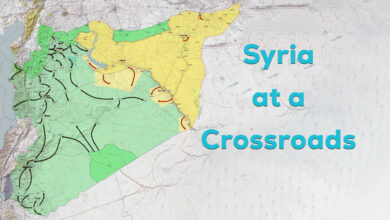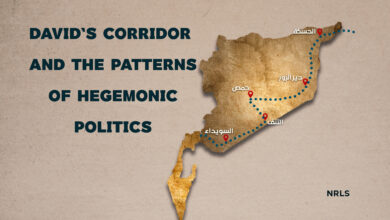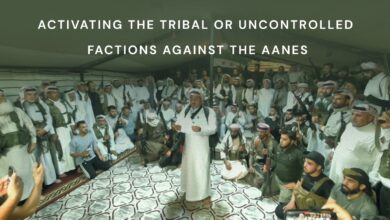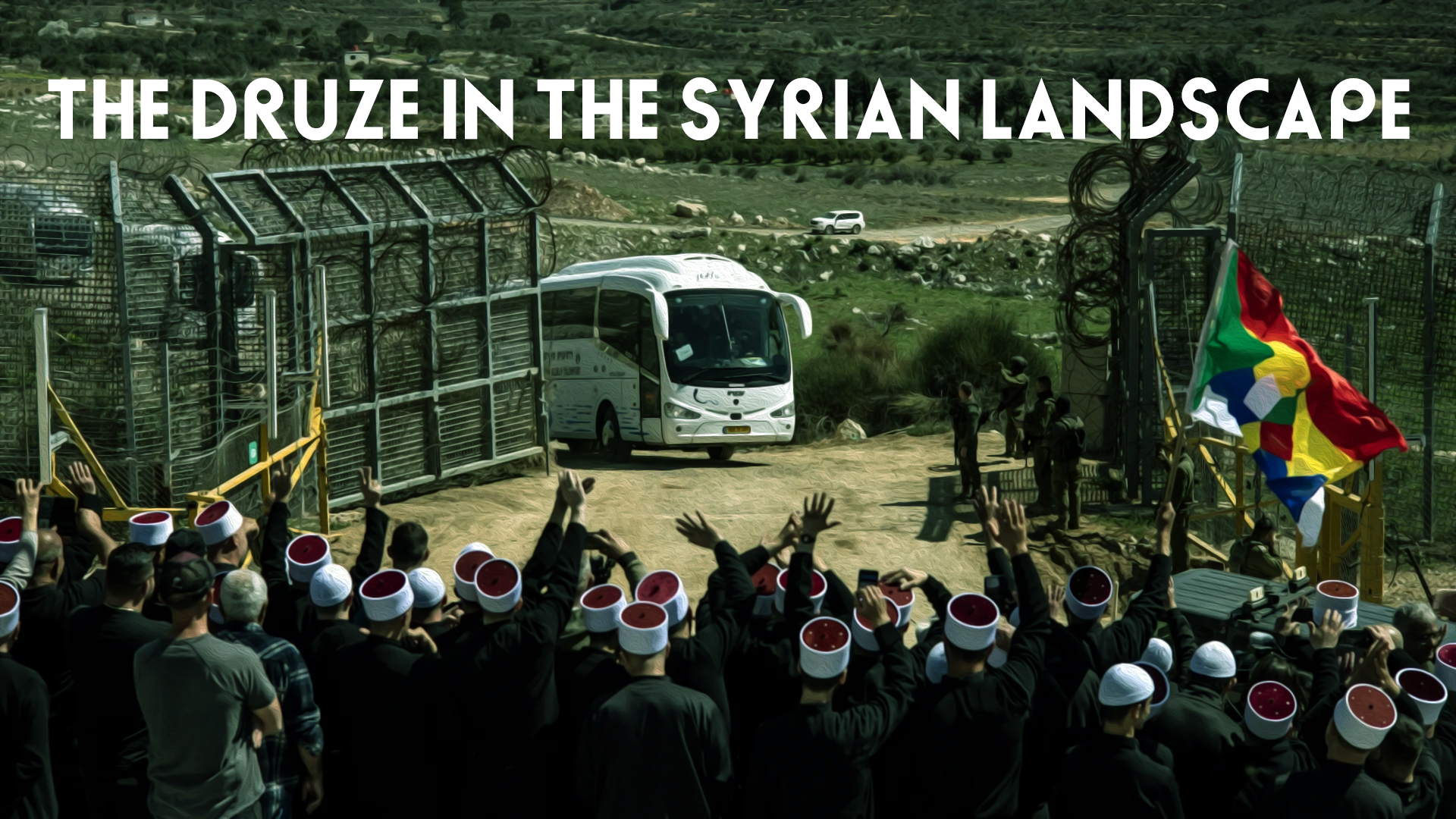
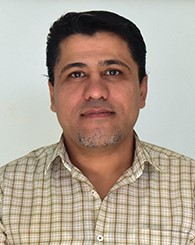
The Druze constitute approximately 3% of Syria’s population. They are primarily concentrated in the southern region of the country, especially in Suwayda Governorate—the Druze heartland—and in several Damascus suburbs such as Jaramana and Ashrafiyat Sahnaya, which have Druze majorities. The Druze community also has geographic extensions in Lebanon and the Israeli-occupied Golan Heights.
Unlike many other interior governorates, Suwayda did not become deeply entangled in the Syrian conflict. It maintained a position of near neutrality, refusing to align unconditionally with either side—whether the Syrian regime or the so-called opposition forces and the Free Syrian Army. Nevertheless, Suwayda endured attacks from terrorist groups, notably ISIS, including the devastating 2018 assault that claimed the lives of dozens of men, women, and children. The governorate also experienced kidnappings and recurring security tensions between local armed factions and forcer regime forces.
Among the most prominent armed groups formed in Suwayda during the early stages of the conflict was the Men of Dignity Movement, established by Sheikh Wahid al-Balous, who was assassinated in a car bombing in 2015. Leadership subsequently passed to his sons, Fahd and Laith al-Balous. Another key group was Mountain Brigade, founded by Marhej al-Jaramani, who was assassinated in 2024. Following the fall of the Assad regime on December 8, 2024, a Suwayda Military Council was established under the leadership of Colonel Tariq al-Shoufi.
The Druze and the New Syrian Regime
After the collapse of the Assad regime and the takeover of Damascus by Hayat Tahrir al-Sham (HTS) under Abu Muhammad al-Julani—currently the transitional president Ahmed al-Sharaa—a transitional government was formed. Relations between this new administration and Suwayda quickly soured, particularly after the coastal massacres perpetrated by certain factions within the so-called New Syrian Army, especially the Hamzat and Ahrar al-Sharqiya groups.
Following these events, fierce clashes erupted between the New Syrian Army and Druze communities in Majority-Druze areas around Damascus, such as Jaramana and Ashrafiyat Sahnaya. These clashes have not ceased. Meanwhile, Suwayda has come under attack by unidentified armed groups. Al-Sharaa’s attempts to extend his control over the governorate, including efforts to disarm local forces and integrate them into the New Syrian Army, have been firmly rejected by the Druze—just as other Syrian communities have rejected the new political order. The Druze refuse to accept the new constitutional declaration, the structure of the transitional government, and its one-party character. While they do not oppose the regulation of arms, they insist on retaining their weapons within the administrative boundaries of Suwayda and under local, state-recognized authority.
The new regime not only refuses to engage in national dialogue about Syria’s future and system of governance, but also insists on a centralized model of control over all Syrian territory—except for the Turkish-occupied north. It dismisses any recognition of the rights of Syria’s diverse communities in a unified constitution that reflects the country’s cultural and ethnic pluralism.
Despite international consensus on the need to protect minorities in Syria and ensure their rights in the new constitution—seen as a prerequisite for diplomatic engagement with the new regime—these principles clash with the agendas of influential regional actors allied with the new regime. This contradiction threatens to plunge Syria into sectarian conflict. Although the fall of Assad ended Iranian influence and Damascus’ subordination to Tehran, it has been replaced by Turkish influence, which poses even greater dangers. Syria has never witnessed atrocities on the scale of those recently committed against various communities, one massacre following another, in what appears to be an ideological alignment between the new regime and Turkey’s vision—a vision that aims to erase the role of sectarian and ethnic communities that demand political, economic, and cultural rights and seek a democratic Syria.
The massacres in the Syrian coastal region targeting the Alawite community can be partly attributed to the absence of autonomous civil and military structures to defend Alawite rights and shield the community from the sectarian backlash driven by militant factions. Similarly, regional powers have allegedly used their proxies to perpetrate such atrocities for their own strategic goals. The Druze community faces a similar threat. Despite its military capabilities, Suwayda lacks a unified vision for Syria’s future and the structure of the New Syrian Army. Internal divisions—particularly between the Men of Dignity, the Mountain Brigade, and the Suwayda Military Council—have further undermined the community’s security.
Al-Sharaa’s insistence on asserting control over Suwayda by force, rather than through dialogue, despite the Druze having no secessionist intentions or desire to form parallel military forces outside the national framework, may open the door for regional powers to exploit the situation and impose their own agendas on Syria.
Israel and the Druze Community
Israel views the new Syrian regime with suspicion and has yet to recognize it or its interim president Ahmed al-Sharaa, whom it accuses of terrorism. Israel has explicitly warned the New Syrian Army against deploying any forces in the southern provinces—Quneitra, Daraa, and Suwayda—labeling them as terrorist entities that must not be allowed to entrench themselves in the region.
Regardless of who bears responsibility for the escalating tensions and military operations in the south, the overall picture suggests a deepening conflict between the New Syrian Army and the Druze community. One underlying factor may be the growing support in Suwayda for a decentralized or federal model of governance—an idea that aligns with Israeli interests in the south. Israel has portrayed itself as a protector of the Druze, though Druze religious and military leaders consistently deny any cooperation with Israel.
Israel’s potential strategic objective may be the creation of a buffer zone in the south to protect its national security and prevent the establishment of militant or extremist groups in the region. The presence of such groups is seen as an extension of Turkish influence—something Israel finds increasingly troubling, even though Turkey is a NATO member and an Israeli partner. Turkey’s ties with extremist factions amplify the threat posed by their presence near Israeli borders, particularly since Israel has already succeeded in expelling Iranian militias from most of Syria, especially from the south, which holds significant strategic value.
Israeli statements about protecting the Druze in the south should be seen in the context of its broader effort to shield itself from both extremist groups and the expansion of Turkish influence in Syria.
A Distrusted Army and an Unstable Future
The policies pursued by Ahmed al-Sharaa and his army—especially the intense security and military pressure on Druze communities in Suwayda and around Damascus—alongside the regime’s rejection of any inclusive dialogue, could push the Druze to seek external protection for fear of future massacres. The absence of a unified constitution guaranteeing the rights of all communities, and the lack of legal accountability for war crimes, only deepen this fear.
Recent controversial military appointments have further undermined public trust in the New Syrian Army. These include placing the notorious mercenary Abu Hatim Shaqra, leader of the Ahrar al-Sharqiya faction, in command of the Division 86 operating in Deir Ezzor, Raqqa, and Hasakah—areas under the control of the Autonomous Administration and the Syrian Democratic Forces. Similarly, Faheem Artugrul Issa, known for his allegiance to the Turkish occupation, was appointed Deputy Minister of Defense. Previously, Muhammad al-Jassim (aka Abu Amsha), head of the Suleiman Shah faction, was appointed commander of the Division 25 in Hama. Moreover, key positions have been filled by non-Syrians with records of involvement in terrorism. These decisions have turned the New Syrian Army into a force perceived not only as untrustworthy, but as a serious threat to Syria’s communities and society—perhaps even more so than to neighboring states.
Consequently, other communities in Syria may be driven to establish their own local military councils to protect themselves and prevent massacres, akin to the atrocities committed against the Alawites on the coast.
The agreements signed between the Druze and the New Syrian Army to ease military and security tensions are unlikely to produce lasting stability. These are merely temporary pacts that can collapse at any moment, particularly given the prevailing mindset of the new regime—marked by controversial appointments, sectarian policies, and the suppression of Syria’s diverse communities. Such strategies only exacerbate the Syrian crisis and feed sectarian conflict, turning the country into a destabilizing force for the region and a threat to regional peace and security. This instability could compel some Syrian communities to seek external protection, with arms remaining their only guarantee of safety.
Surrendering weapons to the New Syrian Army—an institution widely distrusted by Syrians—would, under the current political and military circumstances, be tantamount to suicide. As the spokesperson for the “Men of Dignity” movement, Bassem Abu Fakhr, told Asharq Al-Awsat:
“The issue of disarmament falls under the jurisdiction of the Ministry of Defense. No final decision has been made. Our weapons have never posed a threat to anyone; they exist solely to defend our land and honor. To disarm now would be suicide, and it risks exposing the Druze community to future massacres.”
Thus, Syria’s security and military future hinges on the political choices of Ahmed al-Sharaa—whether he resolves internal crises through military force or inclusive dialogue, whether he recognizes the country’s rich ethnic and cultural diversity, and whether he can strike a balance between internal policies and international expectations to protect minority communities. If he fails, and allows regional powers to dictate Syria’s political course, the result may be chaos—political, military, and humanitarian.


